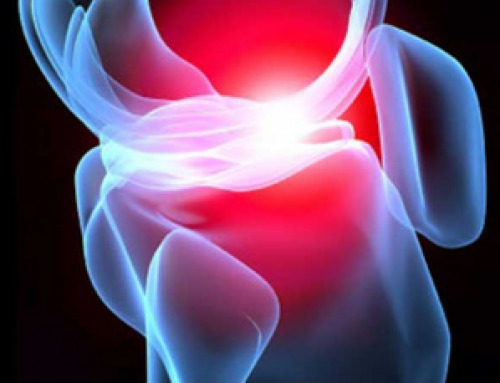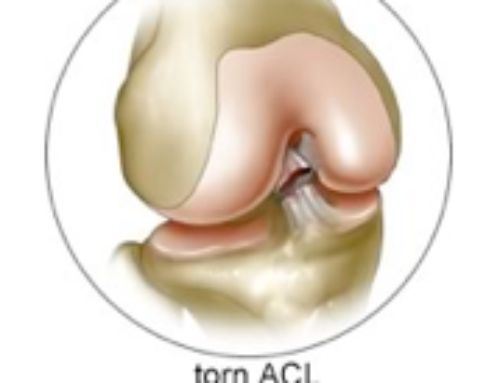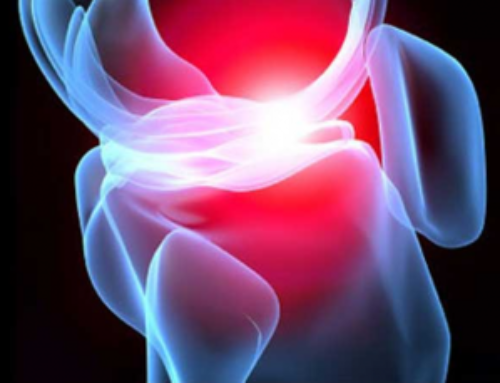The anterior cruciate ligament helps hold together the femur and the tibia bones of your leg, and ensures that they stay in place during twisting motions. When it tears, the patient often experiences instability in the knee and may have trouble walking and carrying on day to day activities. The entire procedure of ACL reconstruction can be divided into three majo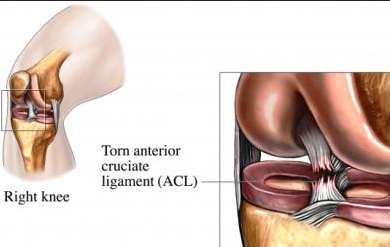 r parts:
r parts:
- Pre-surgery
- Surgery
- Recovery
Before undergoing ACL surgery
A Beverly Hills orthopedic surgeon will first assess the damage in your knee and advise you on whether or not you should undergo the surgery. In case you require the surgery and opt to undergo the procedure, you may be operated upon using the anthroscopic method. Dr. Raj at Beverly Hills Orthopedic Institute performs the procedure minimally invasively with a fiberoptic camera and a small incision for the autograft. With the help of a special camera, the surgeon is able to operate on the ligament through a very small cut, and graft a substitute in place of the existing but torn up ligament.
Prior to the procedure, the patient should work on regaining range of motion and strength of the knee. This will help make the postoperative recovery easier.
What goes on in the ACL reconstruction surgery
Once you have been anesthetized, and positioned on the operating table properly, your Los Angeles orthopedic surgeon will first take a time out and verify your name and surgery details to ensure that you get the correct treatment.
- Obtaining the graft, that will replace the torn ligament in your knee, is the first step. The most popular choice for this graft is your hamstring tendons. In cases where the hamstring tendons are not feasible, a tendon from your other knee can also be harvested. In specific cases this graft may also be obtained from a secondary donor. Another option is to utilize a portion of the patellar tendon for the ACL graft.
- Once the graft has been harvested, the Los Angeles sports medicine surgeon trims and cleans the graft, and prepares it. Sutures are placed on the ends of the tendon to en
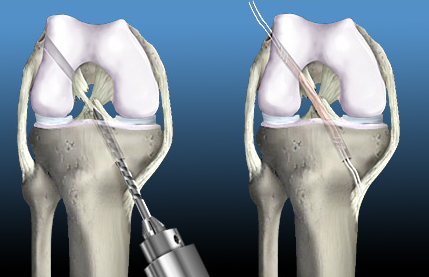 sure they attach properly to your bones.
sure they attach properly to your bones. - The surgeon then evaluates your knee through the arthoscopic camera. Two to three portals are made in your knee with the help of small incisions. The camera is inserted through one of these portals. During the evaluation, the surgeon will also repair or shave any meniscal tears found in the knee.
- The ACL that lies torn in your knee is first removed, so that the graft can replace it. The orthopedic surgeon in Los Angeles will use a special shaver to clean the bone and prepare it for the graft. Holes are drilled into the tibia and the femur so that the graft can be attached to the bones, and also have access to the bones marrow, from which it will draw the required nutrients to heal and sustain the tendon.
- The graft is then passed through the tibia, and knee joint, and attached to the drilled hole in the femur and held in place using a special screw that is bio-absorbable
- The camera, and operating instruments are withdrawn from the portal and the incisions are closed with the help of dressing and compression wrap
Recovery
After the operation the patient will spend some time in the recovery area, where he or she will be informed about all the proper care that they must take following the procedure. Physical training is recommended and the trainer can help speed up the recovery process considerably. Typical recovery time frame is 6 to 9 months with the physical therapy being just as important as the procedure!


